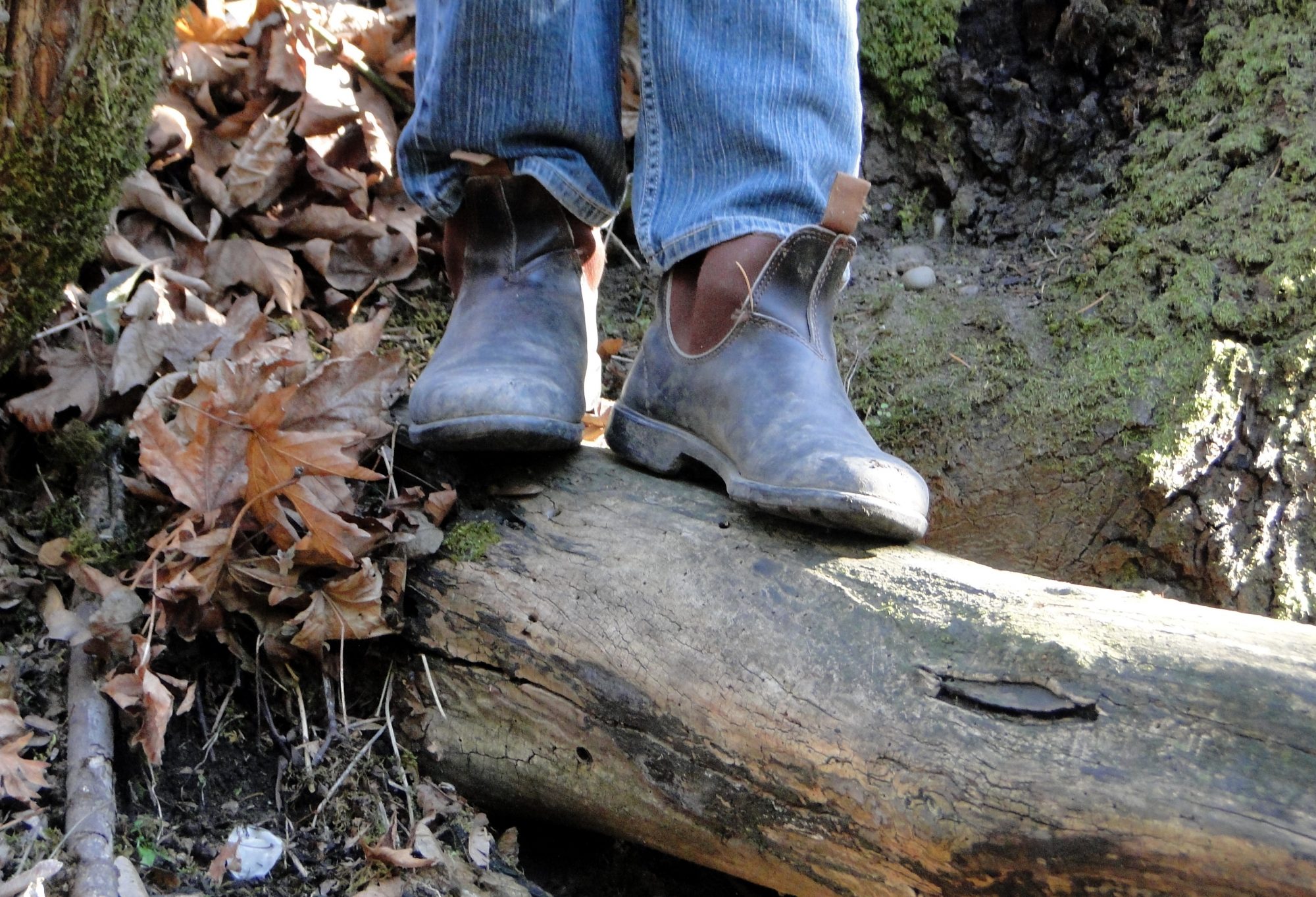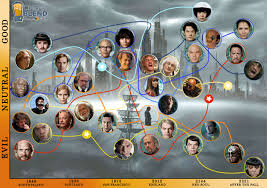Do you ever go to a different city and feel like all faces you’re seeing around you are familiar?
This happens to me all the time in New York.
Does the mind do this? Does the desire for familiarity morph the features of those around us into familiar ones? Are our brains, that are constantly seeking to contextualize what we perceive, casting off the noise and distilling the remaining details into what seems like the spitting image of…someone we know.
The mystical side of me wants to believe that there are only so many feature sets available. I know that every snowflake is unique, but to the untrained idea a lot of them do look similar. Maybe human phenotypes are actually limited, and at certain point the creator just recycles them. Even if there were a million distinguishable ones, in a city of 8 million people you’d expect to see a number of familiar faces.
Or maybe it’s just a craving for the familiar, another way we try to create home. I have to admit that I enjoy the momentary rush of excitement at the possibility that “I know this person,” which is usually followed by the visual algorithm that calculates rate of aging, and the activation of the mental voice recognition software. Knowing it is unlikely, but looking for a clue, just in case…
This morning at 9:30 I sat on a panel at the JazzConnect Conference. It sounds naïve now, but when I first entered this profession I had no idea that things like industry conferences existed. That there were annual gathering where all the suppliers, marketers and customers gathered to do business and socialize in one place seemed like nirvana to me.
In my industry that gathering was called The JazzTimes Conference, and it took place in New York. I imagine that academic conferences are somewhat different, but at JazzTimes, musicians, artist managers, booking agents, radio industry people, record label exec- the gatekeepers and those who desparately wanted through the gates- gathered for three days of morning to night hustle. There were more panel discussions, breakout sessions and showcases than you could ever attend. There was a sense that vital information–how to succeed in your career information- was being transmitted behind every door.
You could spend the entire day in the lobby or walking the hall- shaking hands, nodding hellos, looking at badges. Sometimes you’d miss an entire panel just lingering in the hallway.
As a young musician at my first conference I had a record in the top 5 on the jazz radio charts. I was playing with Roy Haynes and other notables, and I had embraced the empowered artist manifesto. I had my business cards, my elevator speech. I had my list of panels I needed to see, and people I needed to meet. I worked the hallway too, surreptitiously glancing at name tags, making polite conversations, trying to be real, trying to resist reading the nametags of all the people passing by. Trying not to wonder “are they the one, I actually need to talk to?” All the while doing the dance of art and commerce known in the pre-internet era as “networking.”
Today’s JazzConnect conference is just an echo of those days-only three rooms at the New York Hilton. I walk the hall and see many of the same people I saw in the 1990’s. (My mental aging algorithm and the voice recognition software confirms this fact.
Most have aged well- graying around the temples, and mid-life body changes notwithstanding. If they are still working this business after all this time, you can still see some of the love of the form that brought them here in the first place. Some have morphed their careers, becoming consultants or starting companies. Some have moved to bigger organizations. But many are where they were, just wiser, more experienced. They have shaped something lasting and are still in the fray.
The lobby and the hallway are still full. The waves and nods, and “how you doing’s” are still there. But I find myself in a different place. I’m less interested in the business conversation, less susceptible to the hum of the industry. My face tends to light up when someone mentions their kids, a career change. While it feels flattering to have a presenter say “we need to get you out here to play,” I’m more interested in talking to them about how they feel they’ve made an impact on their own local community. How I can support them in the work they do.
Around the conference, the battles have a somewhat different tone than 20 years ago. The question of how art interacts with commerce is still front and center, as it always will be in the arts industry. But the dialogue has evolved. There is more discussion of connection and community. People talked about ”engagement,” a more wholistic and impactful approach than “outreach,” which often seemed like a necessary evil that performers had to take on order to leverage funding from non-profits. There seems to be recognition on all sides that no matter what the industry does, the art is here to stay.
The most exciting conversation I had today was with pianist Andy Milne, at the evening reception for the Jazz Journalists Association. He told me about a project he is doing with two pianists, two Japanese koto players and an animator. The inspiration I drew from that and was able to pass back to him, was worth coming to New York for. And for a moment I forgot we were at an industry event. That excitement and sharing of vision felt like what I feel at home…
As did the set at the Bitter End tonight by the Blue Cranes. Sitting at table with Portland ex-pats Andrew Oliver and Drew Shoals, I got to revel in what I love about the Northwest. Even though it makes me sound like a cliché-prone music critic when I say it: The Blue Cranes capture a sense of place. The unabashed sense of melody, the sincerity, the indie collective “all for one” ethos, the unpretentious mix of rock, free improv, noise and instrumental-singer-songwriter vibe, the tasteful use of penny-whistle & glockenspiel, all resonate the place I call home.
I walked back to the hotel tonight concluding that connection is about finding people who are on the same page as you. Does it help that they look like an old friend? Maybe? If that predisposes one to dispatch with chit-chat and go deeper. If the associations with past connection create the expectation that the possibility, even the likelihood of a new connection exists
Tonight at the Cornelia Street Café I shared a tiny table with four other patrons. The one closest to me, a mixed-race young man with dreadlocks looked very familiar. I was sure I had met him before. Because it happened to be the front table, inches from the band, I concluded he was probably a musician. So instead of being circumspect, I asked him straight out:
‘Have we met? You look familiar.”
Turns out he was from Amsterdam. (Not it) He was a jazz student here in the states (Maybe it) He was drummer (not it).
But then, surprising, he said the same thing.
“I was looking at you thinking I know you.”
Then I introduced myself.
“Darrell Grant!” he said. “I just saw your Kickstarter!”
Surprised again, I asked him how he found out about it.
“I have a band too. And we just funded a Kickstarter project. I was just looking around the site for other jazz-related projects, and I came across yours.”
And there was more.
“A while ago someone gave me an early record of yours. You had long hair.” (True but not it)
“Also someone gave me the recorded drum tracks from a record you did with Brian Blade. I studied them a lot. They were very helpful in hearing how a drum part interacts with the music. I even used them to tune my drums to sound like Brian.”
The interesting thing is that when I put those drum tracks on my website, I thought there might one day be a young drummer who would say this very thing.
So maybe I did know him. I just didn’t know that I knew.
Time and space are interesting concepts. Is anything really new? Or, like in one of my guilty pleasures, the movie “Cloud Atlas,” do we already know?






